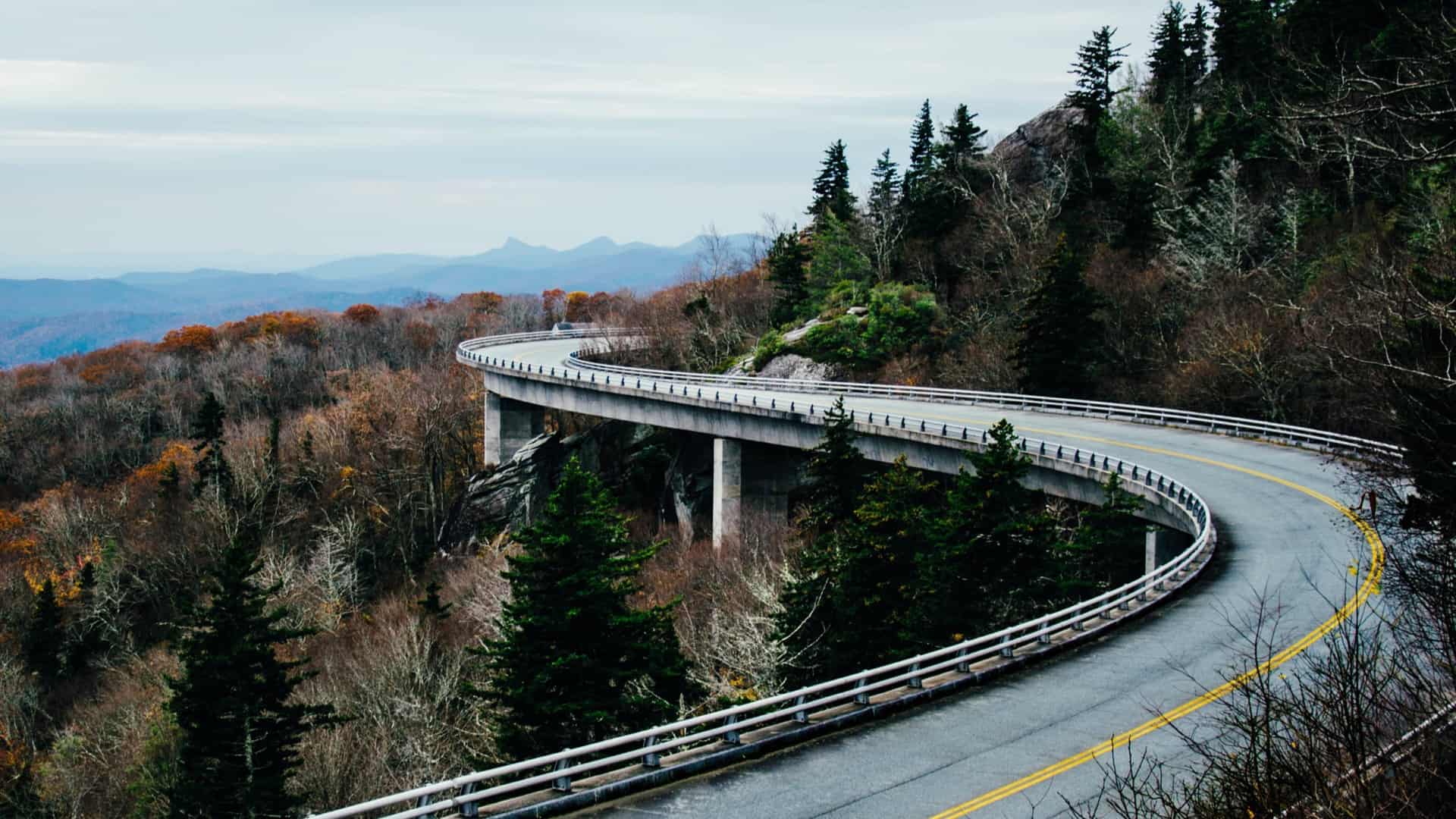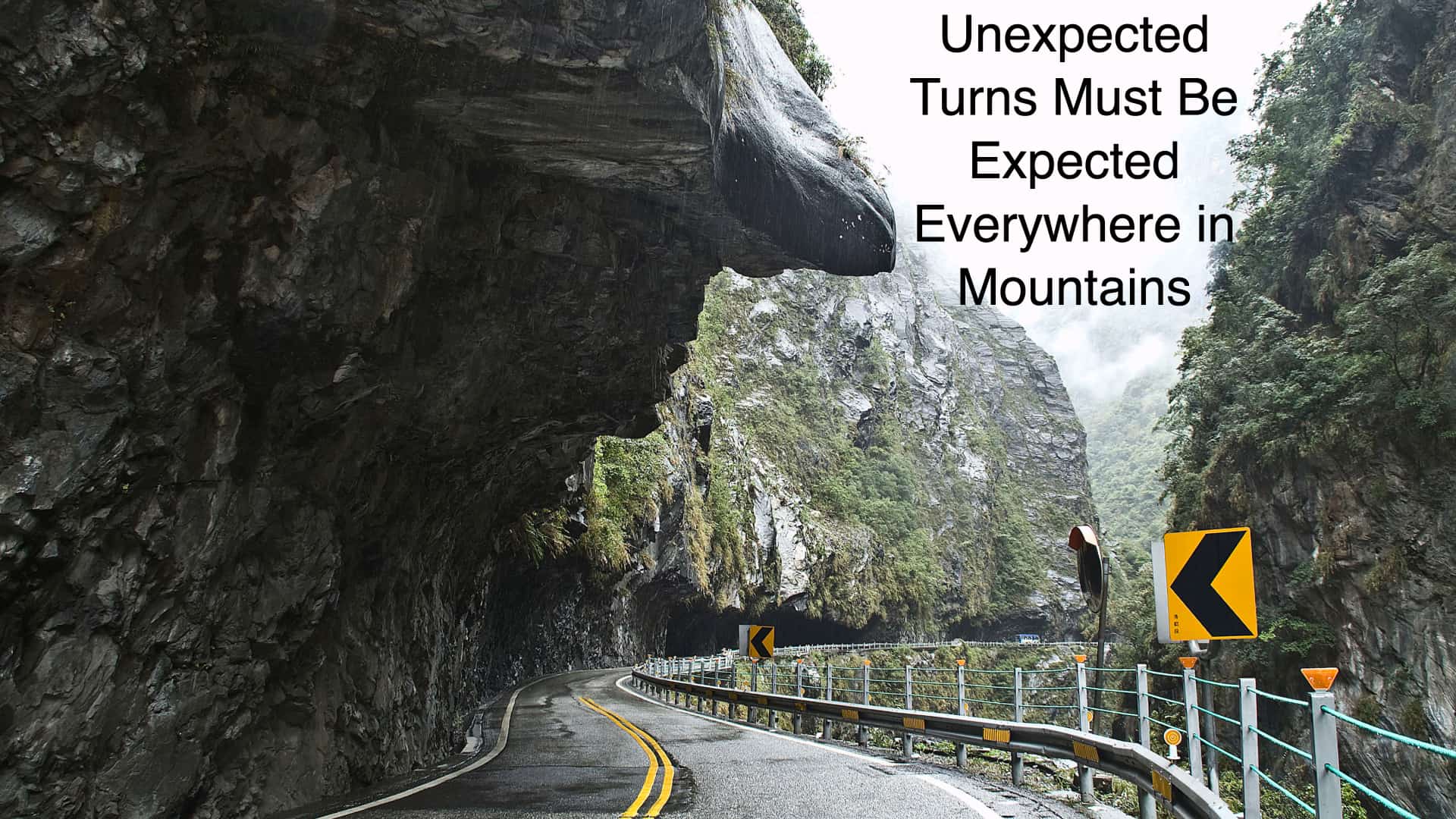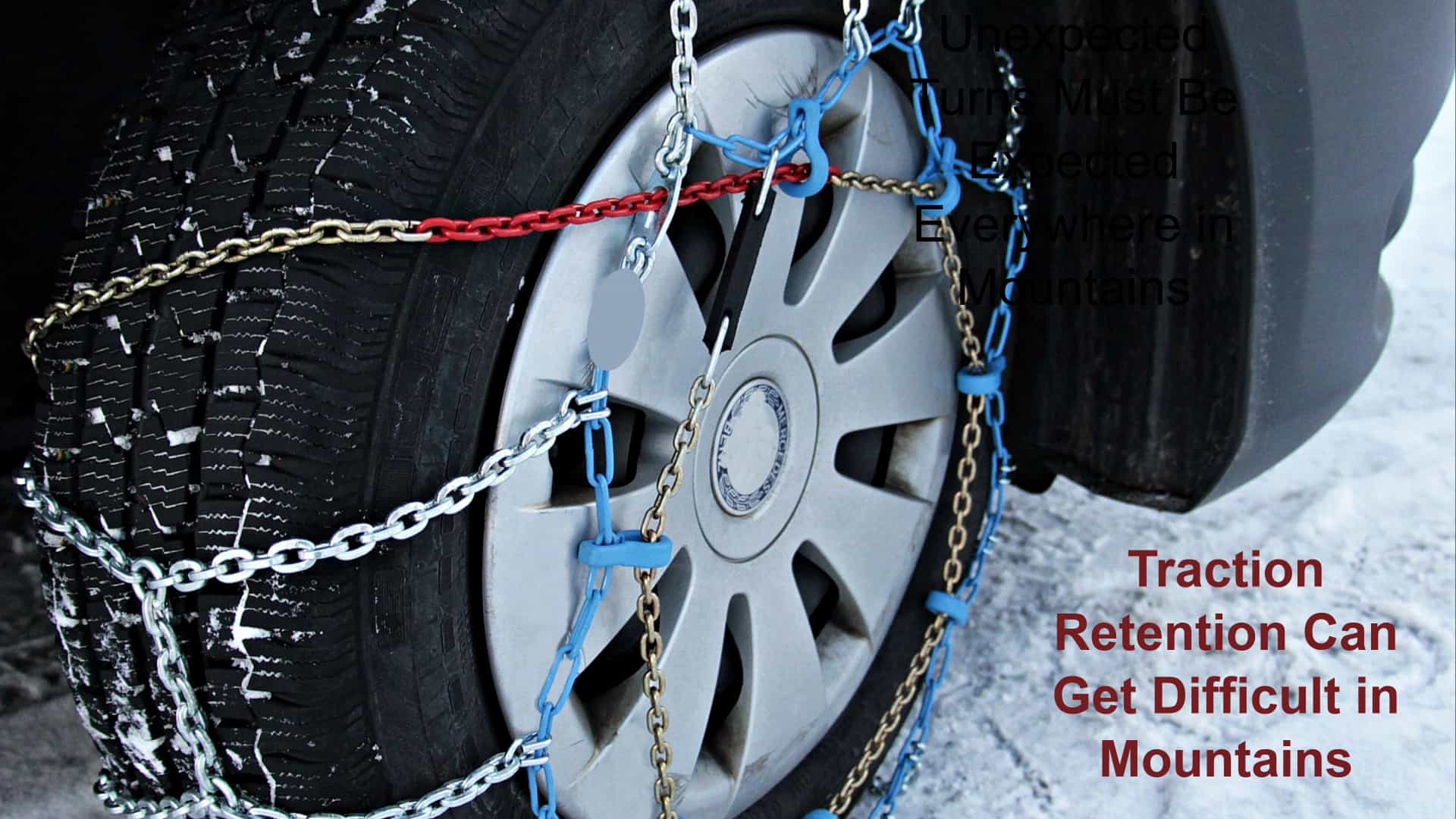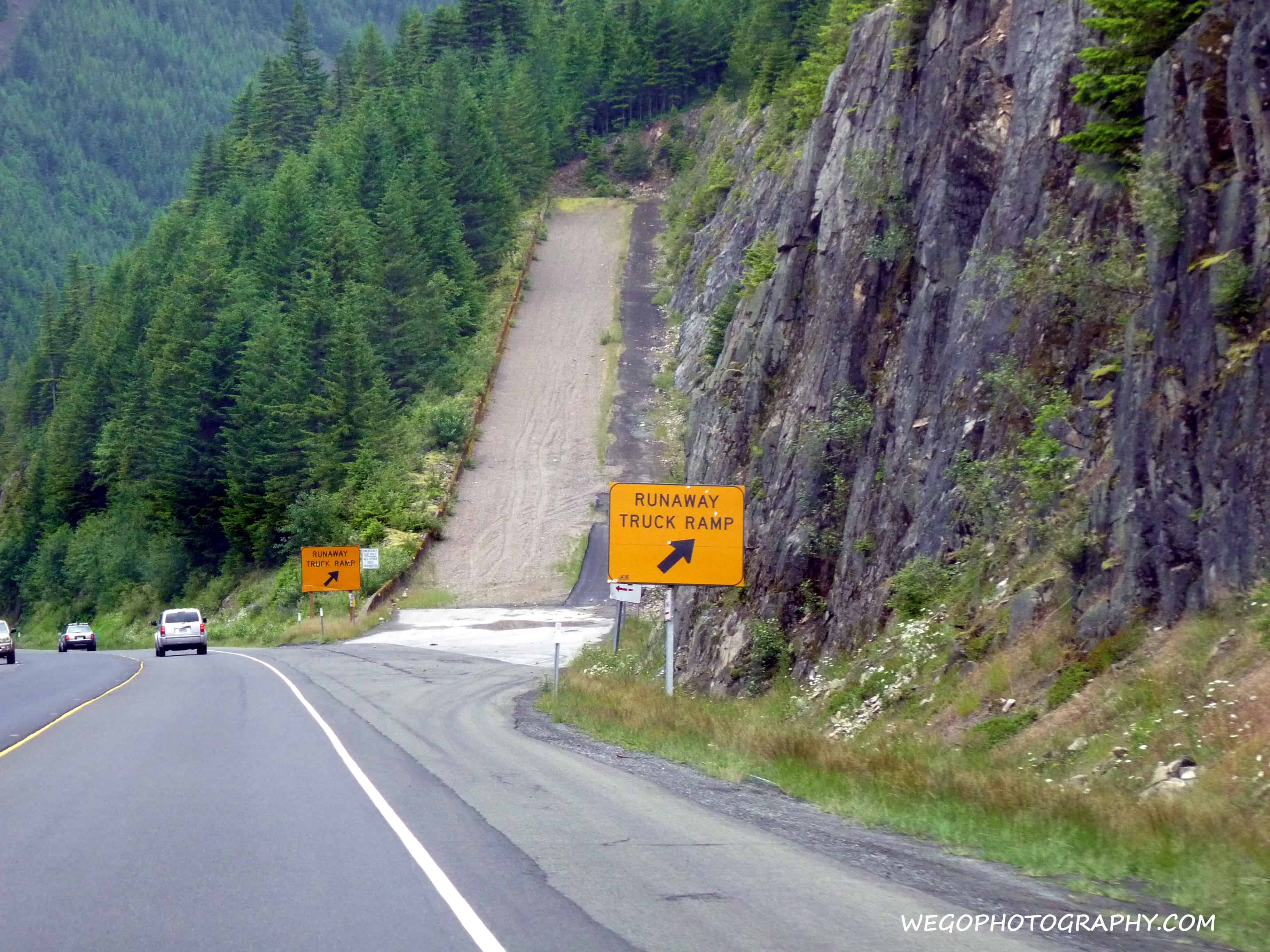10 Tricks for Truckers when Driving in Mountainous Terrain

Mountain driving is very different from driving in flat areas. Driving in a mountainous area is a daunting task, especially for new drivers. The high altitude, changing weather, windy roads, steep roads and wildlife can pose difficult or threatening situations that require sure-footed driving skills.
The intimidating experience can be made fun, and safe, with a few tricks that every experienced trucker has under his sleeve. Taking advantage of the safety features on the truck, and a few safety rules, new truckers can quickly gain confidence on the mountain roads.
Here are a few tricks that help you drive safe on your mountain trips:
1. Inspect Before
Always check your truck before you start traveling. Make sure it is in prime condition to avoid any possible issues during the travel. Check and inspect the brakes, tires, fluid levels, tire chains, suspensions and windshield wipers before you begin. It’s important to make sure that all the truck’s systems are working properly and every part is operational. Checking the tread and pressure of tires is important to ensure smooth travel in the mountains. Use the premium quality fuel when driving in mountains as it helps in increasing the efficiency of the engine.

2. Full tank
While drivers might expect to drive through the mountains quickly, there are various factors that come into play. In some regions, there might not be a fuel station for over 100 miles. Moreover, it is not uncommon for the rare fuel stations to charge vehicles an extra $2-$4 per gallon.
Situations like fog, blizzards, storms or multi-vehicle crashes can leave truckers stranded for days. In such circumstances, having a full fuel tank keeps you warm and cozy till the path clears up.
3. Know your Grade
A major cause of accidents is over-confidence in one’s skill set, and letting one’s guard down in familiar regions. Always be on the lookout for the grade or slope of the road and have an idea of the speed to be maintained during ascend and descent. High speeds and more braking can heat up the truck’s engine or cause vehicle breakdown.
Moreover, every driver needs to keep in mind that ascending and descending mountains takes time. Speeding up and rushing can cause accidents in the mountains. Take as much time as needed to go up or down the mountain, methodically.
A lot of accidents happen when drivers get easy at driving when they are descending. This can be deadly as the vehicle will pick up speed and there might be a patch of ice or an unexpected turn at the end.

4. Slow and Steady
Slow and steady wins the race. There have rarely been accidents due to trucks slowly moving up/down a mountain. Drivers make the mistake of guessing the slope and travelling too quickly down the mountain. Once a truck gains speed and momentum, it’s difficult to gain the control back. Losing control in the mountains means losing traction as well as balance.
If someone tries to overtake you on the road, let them. This is not a race. Truckers must never occupy the speed lane on highways and expressways in the mountainous terrain. Staying in the right most lane helps to maintain a moderate speed, apply brakes easily and stop in the shoulder whenever necessary.
Most importantly, always remember that the truck’s engine can easily get overheated on high altitudes due to stress, even during winters. So keep a close eye on your rig and never put excessive load on the engine by speeding and braking very frequently on steep roads.
It’s a good practice to brake before turns and accelerate through them. This gives the driver complete control of the vehicle by transferring the momentum to the rear wheels.
5. Stop and Check when you can
If there are areas on the top of the mountain, to park your truck and check on your brakes, tire pressure, tire tread, engine temperature, etc. – stop and do the necessary checks. Give your brakes time to cool, and do not work them up till they fail. This stop will help you in catching up on any problems that may occur and help you prepare accordingly.
It’s best to avoid a disaster, but you must also be prepared for one. Stopping will also help you gather the resources and tools that you need to fix a possible failure. Taking breaks helps to cool the engine as well as your brain. Driving is a stressful job that requires constant attention. Cooling up is necessary for the efficient operation of all machines- trucks as well as humans.

6. Retain traction
If you are losing traction while descending/climbing up the hill, you can regain control by following these steps:
- Do not let the engine overheat. Turn on the engine fan. Also, do not push the truck up the hill. Let it walk, slowly. Turn the air conditioner off to reduce the stress on the engine.
- If the grade is slippery, throw in the diffs before starting the climb. Using all the drive wheels will really help.
- If the hill is slippery, do not follow the tracks of the vehicle in front. Run one set of your drives on the shoulder of the road, in hope of getting the benefit of traction from the gravel on the road shoulder.
- Don’t give the truck too much fuel. This way, the truck is less likely to spin its wheels. Give power to the truck gradually.
- Keep the engine close to the top of the RPM range. This way, if the wheels do spin, they can only spin a few hundred RPM before they hit the limiter. If you are in the low RPM range, beware as this can create even more trouble for you and it would be more difficult to regain traction.

7. Braking and Shifting
While descending, it is a guideline to be in a gear lower than the one in which the truck climbed up. When people realize that they are going too fast on a descend, they tend to brake halfway. This can be harmful for your brakes as they can get overheated and, possibly, catch fire. On the other hand, downshifting while going down the hill has a chance of stalling the engine or getting stuck on neutral.
Don’t stay on the brakes for an extended period of time and find your safe speed. Let the nature help you. On a descend, the truck is bound to gain speed and vice versa on an ascend. It’s possible to drive smoothly without using too much braking by efficiently shifting gears.
8. Watch the Weather
Always pay attention to weather reports. This will help you while planning trips and, if there is an alternate route, rerouting just to be on the safer side.
Being prepared for the weather changes while climbing or descending goes a long way in keeping truck drivers safe. Weather can be really challenging in the mountains. Respect the signs that are posted throughout the hill, and never try to climb or descend a mountain that is icy.
Moreover, visibility can be severely affected by the change in weather conditions. It is better to wait for the weather to become better than to try and brave it.
9. Never Tailgate
Never tailgate on a mountainous terrain. It is better to leave space between the vehicles, especially if you the vehicle in front of you gets in trouble and needs to straighten it out.
Not every driver drives safely. So it is a good option to err on the side of the safety, just in case the vehicle in front hits a patch of ice or loses control. Also, the roads are extremely uncertain and mishaps happen on roads all the time. It’s better to keep your safety buffer in terms of space.
10. Runaway Lanes
Use runaway lanes, as a last resort. If it is absolutely necessary, use them to keep yourself and the others on the road safe. Runaway lanes help the truckers gain control of their truck and avoid dangerous situations such as brake failures and collisions on the roads.
If there are no stopping spots and a truck needs to stop, trucker must call 911 for help.

Sourced from http://www.wegophotography.com
© 2008-2018. All Rights Reserved by Cunningham Trucking, Inc. & Westernston, Inc.
